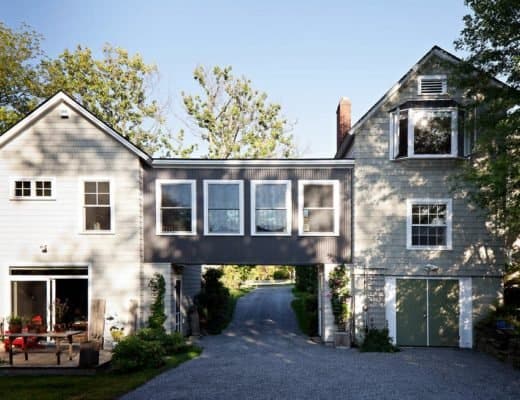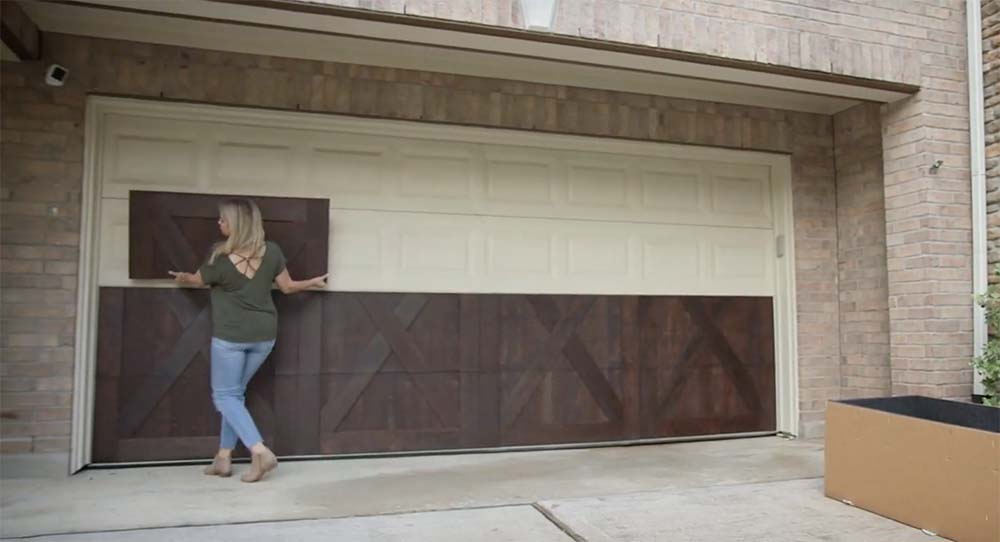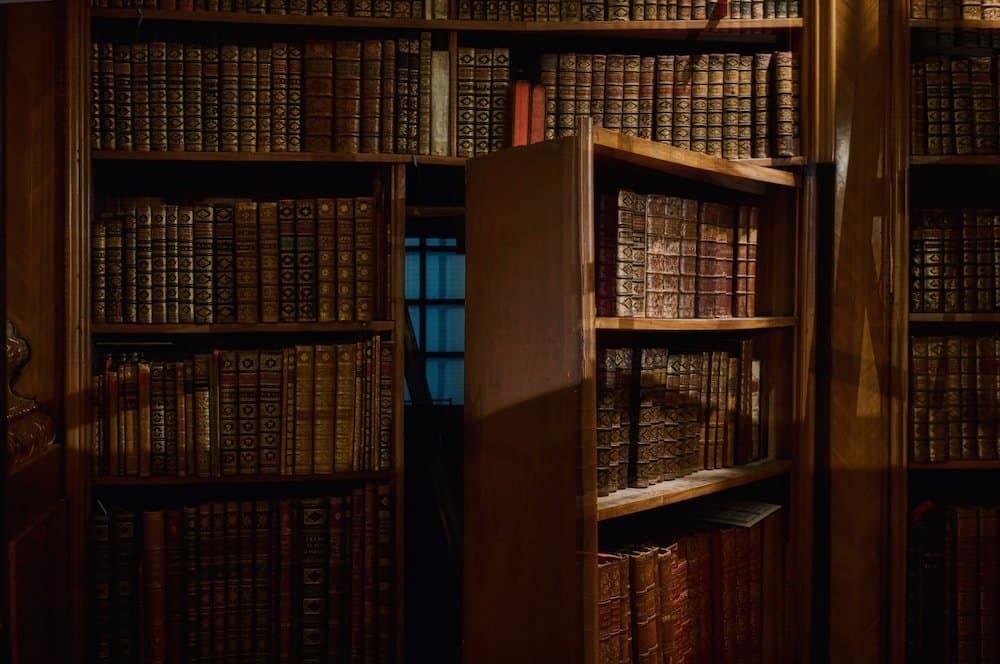
A secret door can be a remarkable addition to any home, invoking a sense of intrigue and excitement. From hidden passageways and underground tunnels to tiny elevators and turrets, the mere thought of discovering a home with such features ignites our imagination.
Here are some ideas to consider when creating your own secret door.
Choosing a Design
When it comes to choosing the right design for your secret door, the possibilities are endless. One popular option is a bookcase door, where a bookcase is used to conceal a hidden room or entrance. This design is perfect for those who love books or want to create a cozy library or reading nook.
Another option is a flush cabinet or layered pantry door, which can blend in seamlessly with your existing décor. This design is perfect for those who want to add a hidden entrance to a kitchen, dining room, or pantry.
A custom-designed secret door can also be a great option, especially if you have a specific vision in mind. Whatever design you choose, make sure it fits your home’s aesthetic and serves a practical purpose.
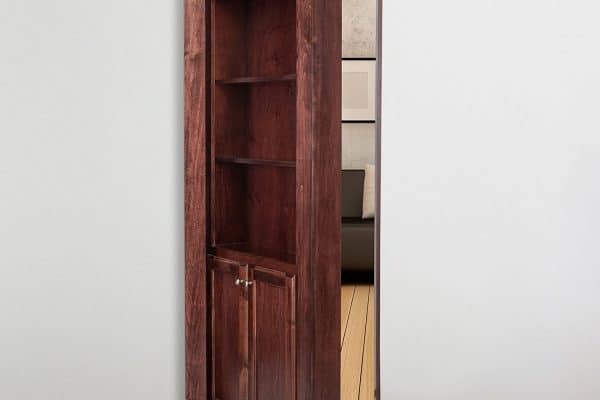
Deciding on a Location
When deciding where to install your secret door, consider factors such as accessibility, privacy, and functionality. A popular choice is to place it in a room that serves as a home office or library, where it can provide a private escape or a place to work undisturbed.
A master bedroom can also benefit from a hidden entrance, offering a secluded retreat for relaxation and rest. A secret door can also be used to create a concealed entrance to a home theater, wine cellar, or even a storage room.
Remember that you’ll need enough space to accommodate the door’s size and placement and any additional hardware or electrical components.
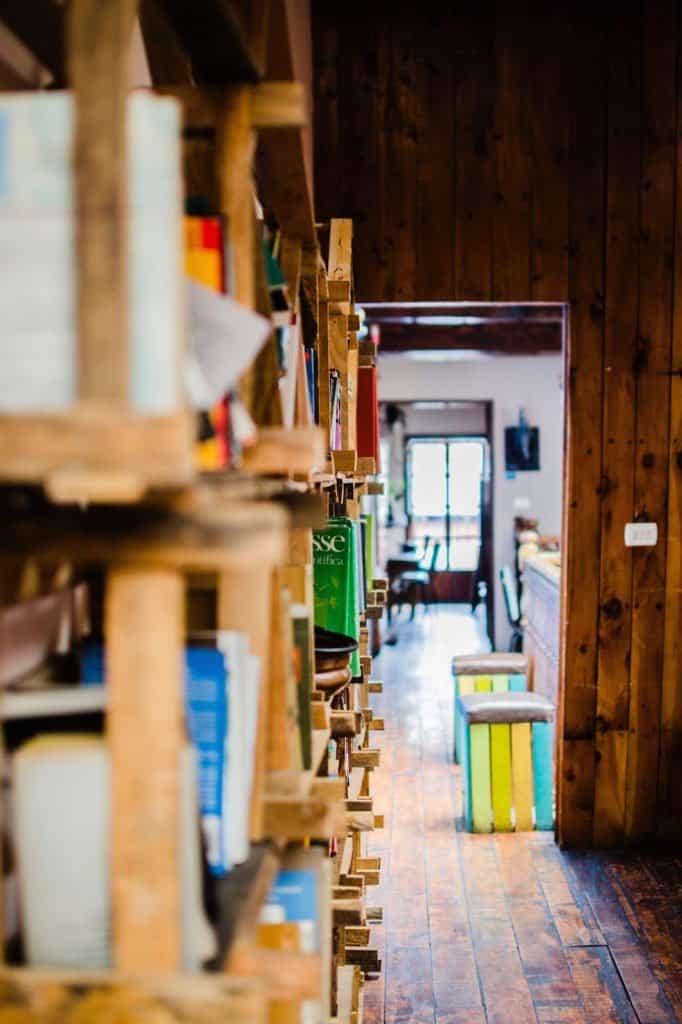
Creating Your Secret Door
Fortunately, creating a secret door is not as difficult as it may seem. You can purchase a DIY kit from Murphy Doors or build your own with the right tools and materials.
When building your secret door, make sure to measure the space carefully to ensure a perfect fit. You’ll also need to install the necessary hardware, such as hinges, handles, and locks.
If you’re creating a bookcase door, you’ll need to build the bookcase around the door frame, making sure it fits snugly and securely. For a flush cabinet or layered pantry door, you’ll need to create a custom door frame and make sure it blends in seamlessly with the surrounding walls and décor.

Where to Install a Secret Door
In our own home, we’ve envisioned a secret door leading from the dining room to our master bedroom. A flush cabinet or bookcase would be the perfect disguise for the entryway, making it nearly undetectable. This would allow us to host dinner parties or holidays without explaining where the door leads or risk being mistaken for a coat closet or bathroom.
When it comes to choosing the right room for a secret door, consider your lifestyle and the type of space you want to create. A home office or library can be a great location for a secret door, providing a private space to work or study. A master bedroom can also benefit from a hidden entrance, offering a secluded retreat for relaxation and rest. Pocket doors are different type of secret door and require opening up a wall to install.
Ultimately, the location of your secret door will depend on your individual needs and preferences. With the right design and installation, a secret door can add a touch of magic and intrigue to your home while also serving a practical purpose.
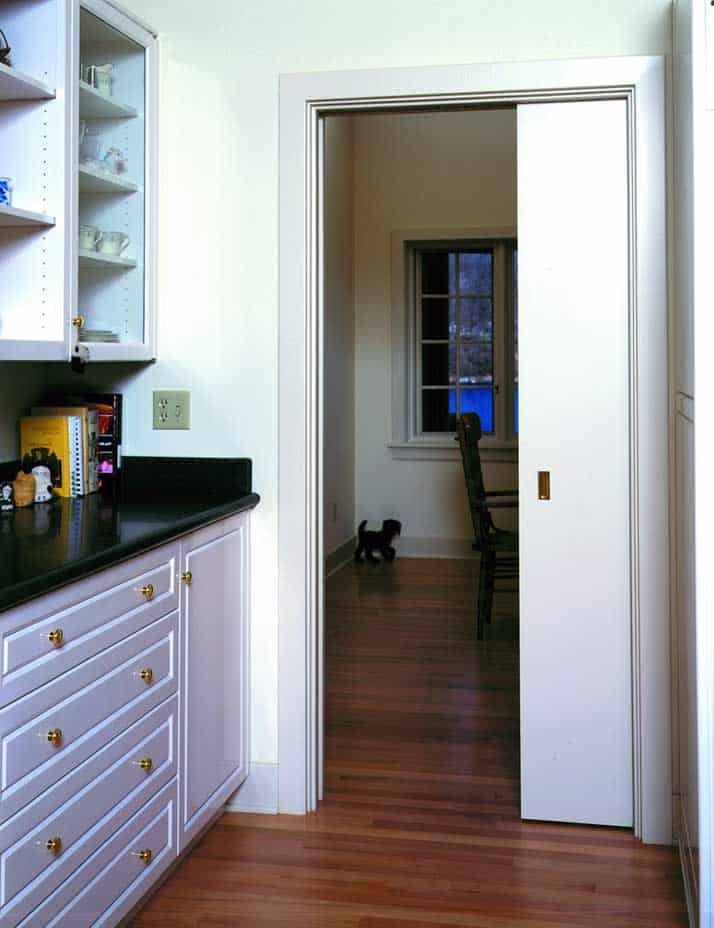
Just thinking about the possibility of having our very own secret doorway gets us pretty excited. Where would you use a secret doorway in your home? As always, let us know what you think!

